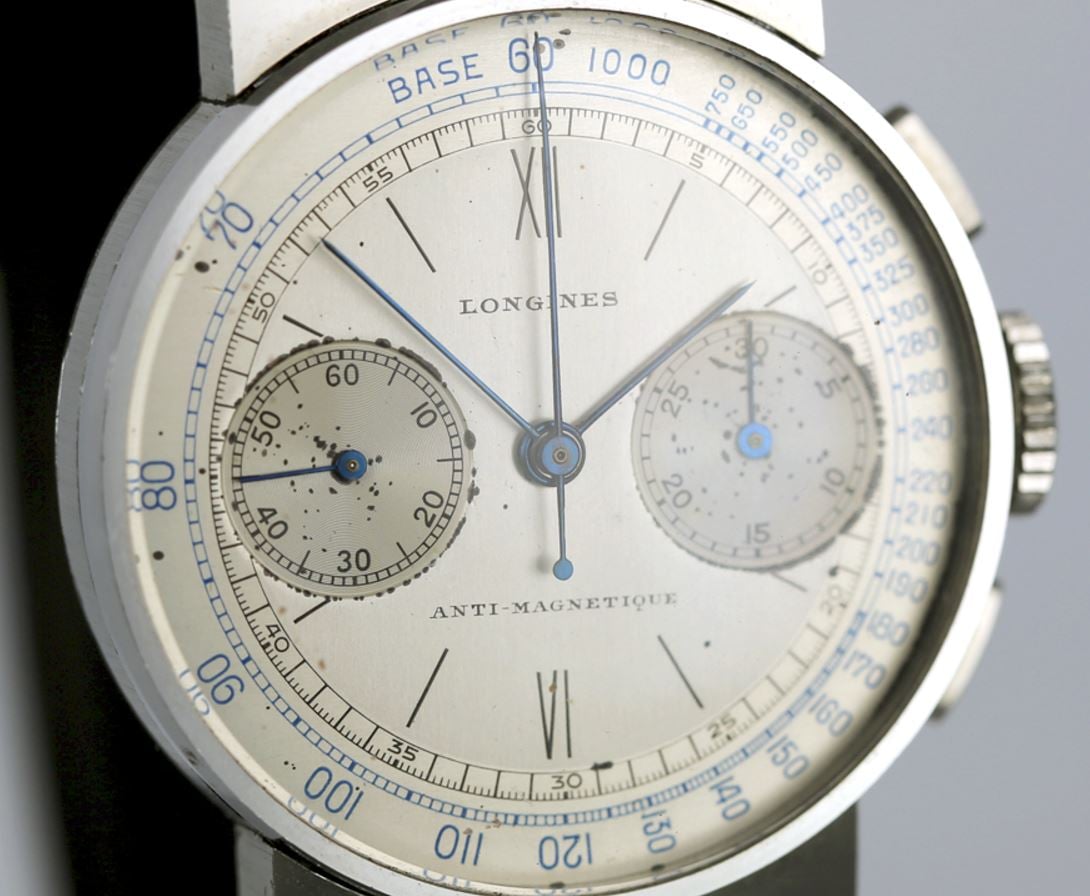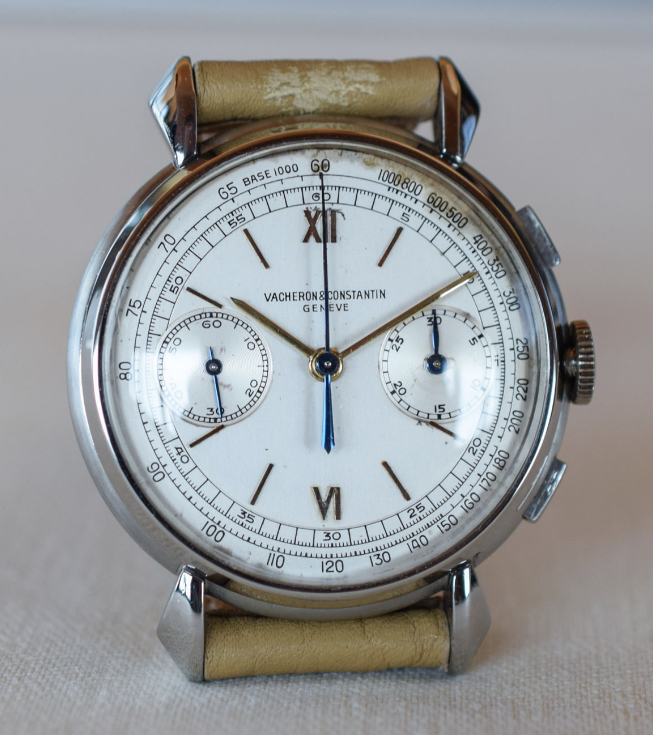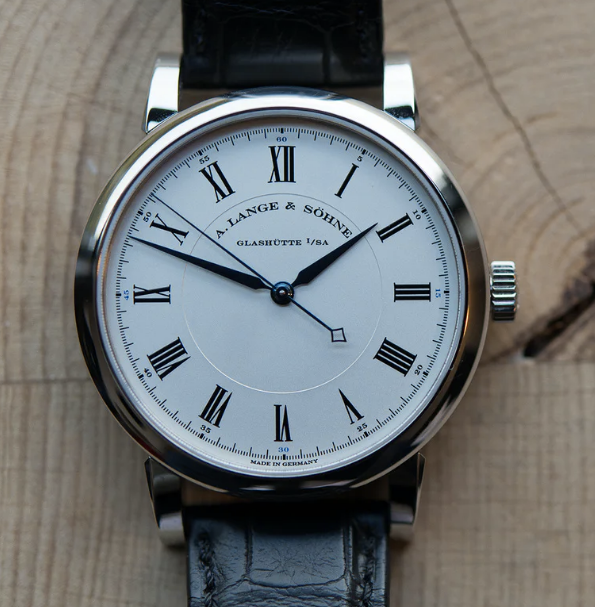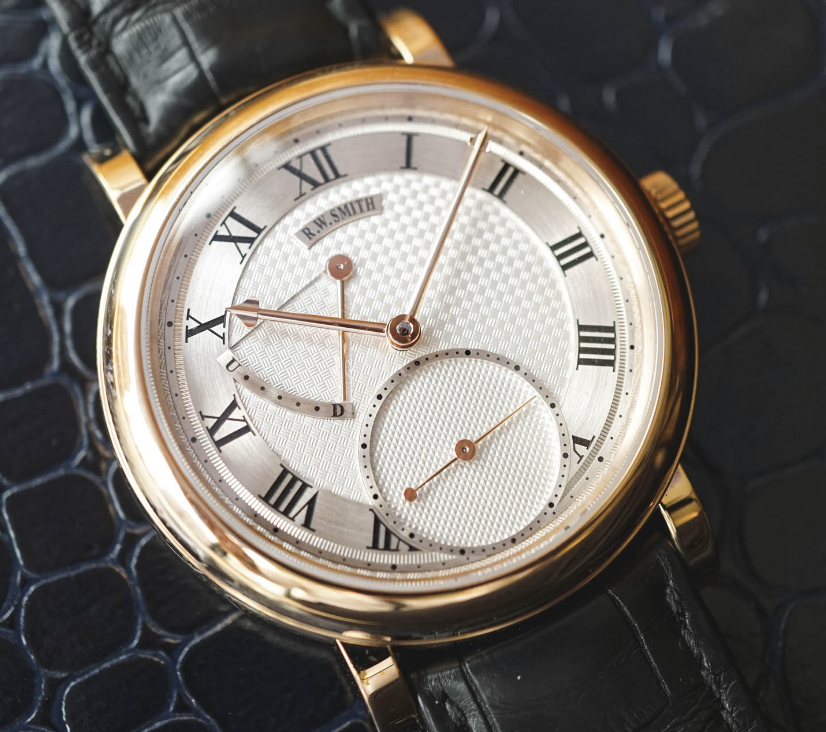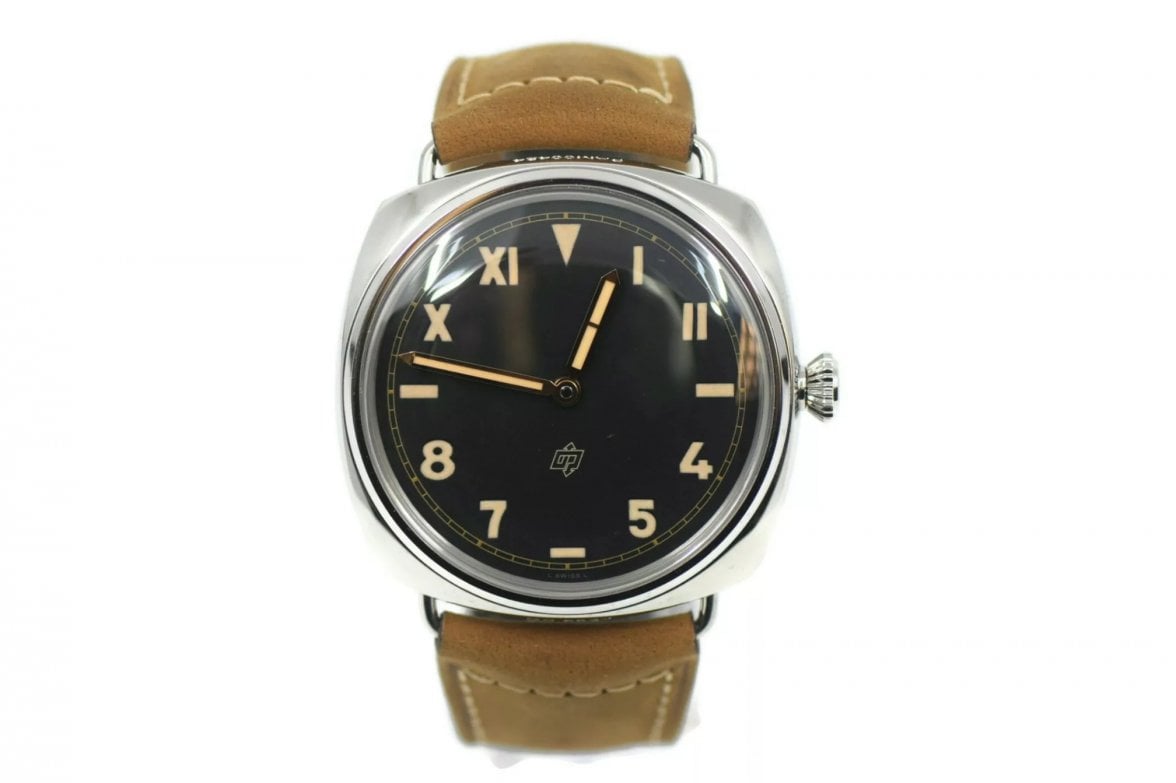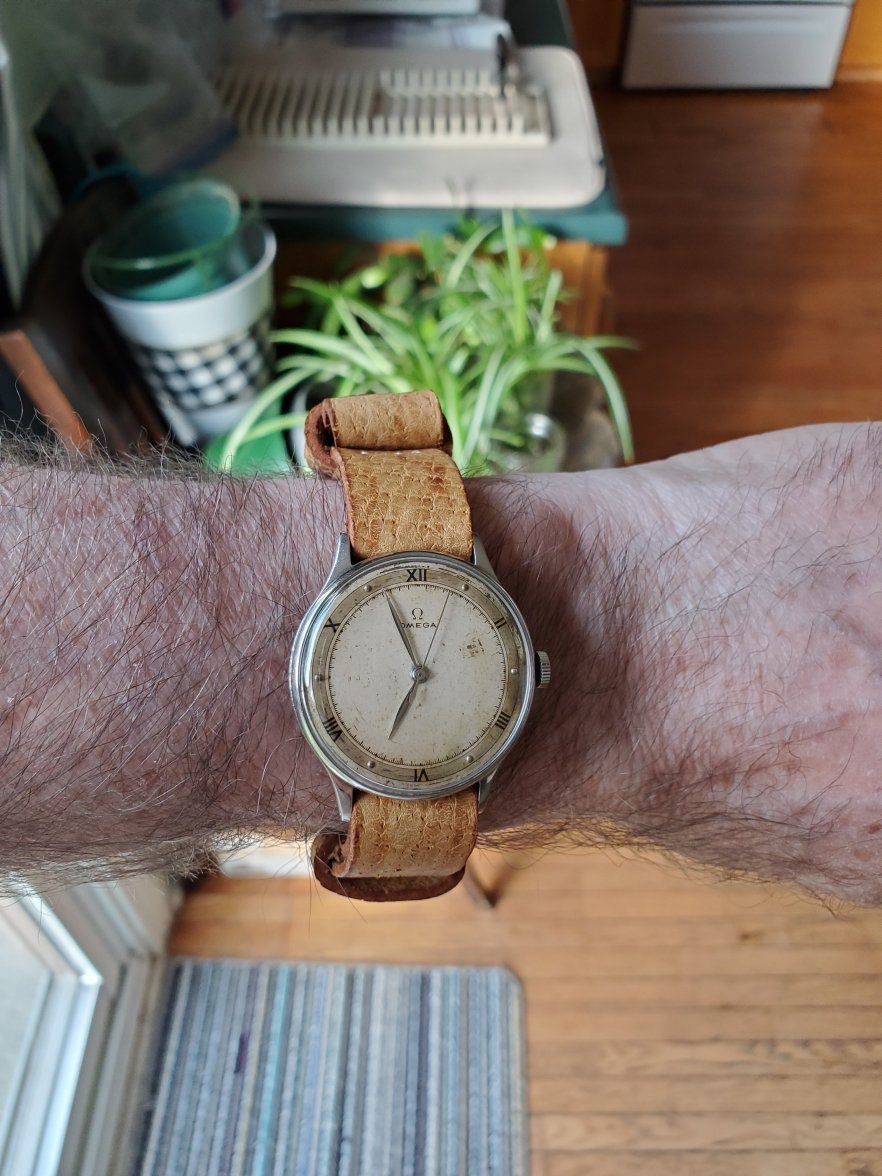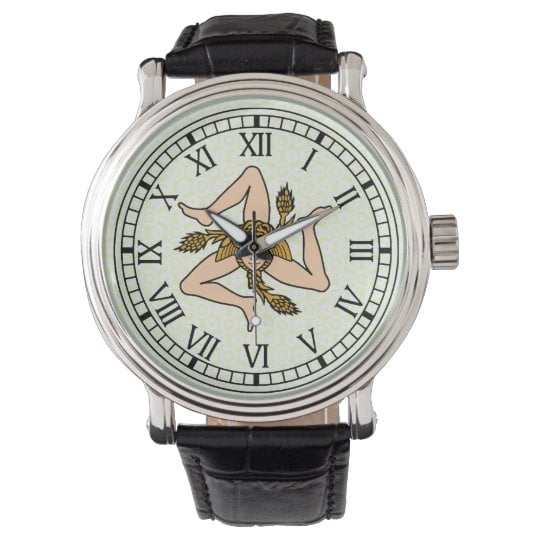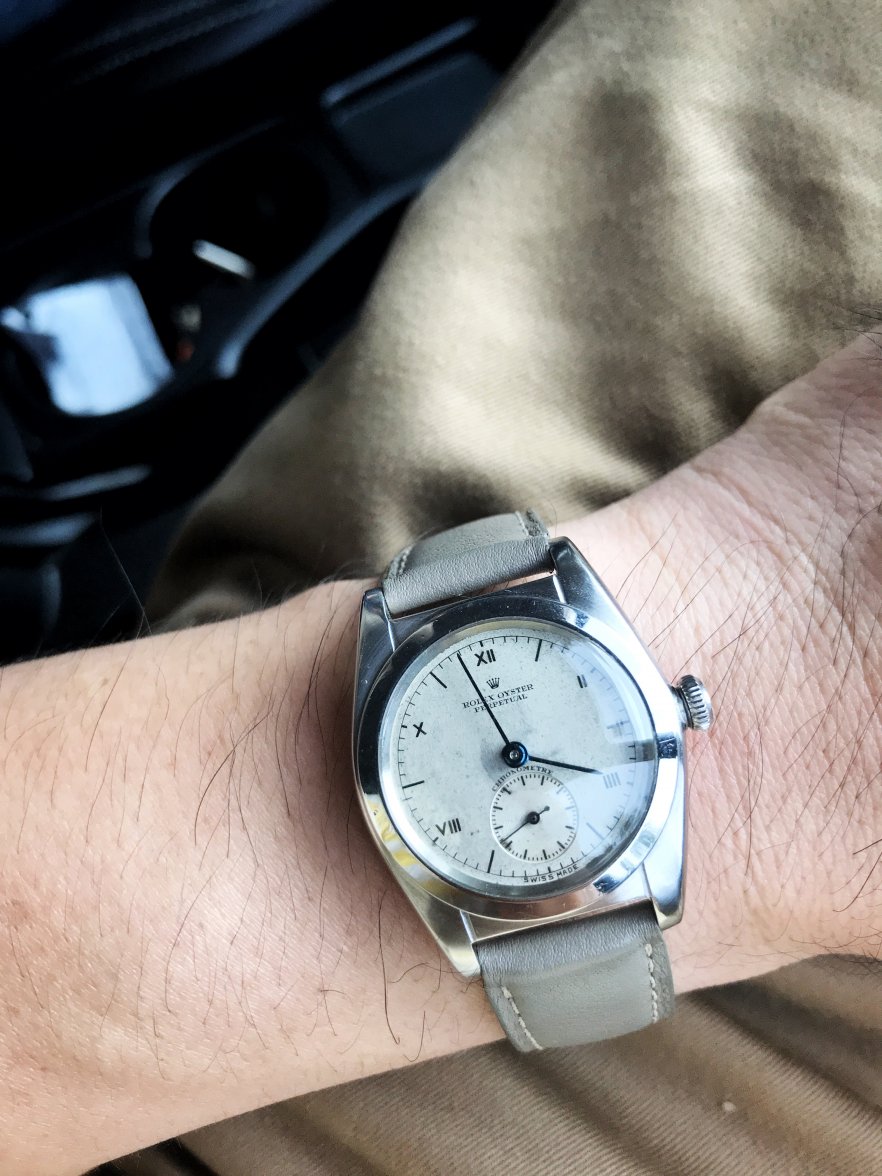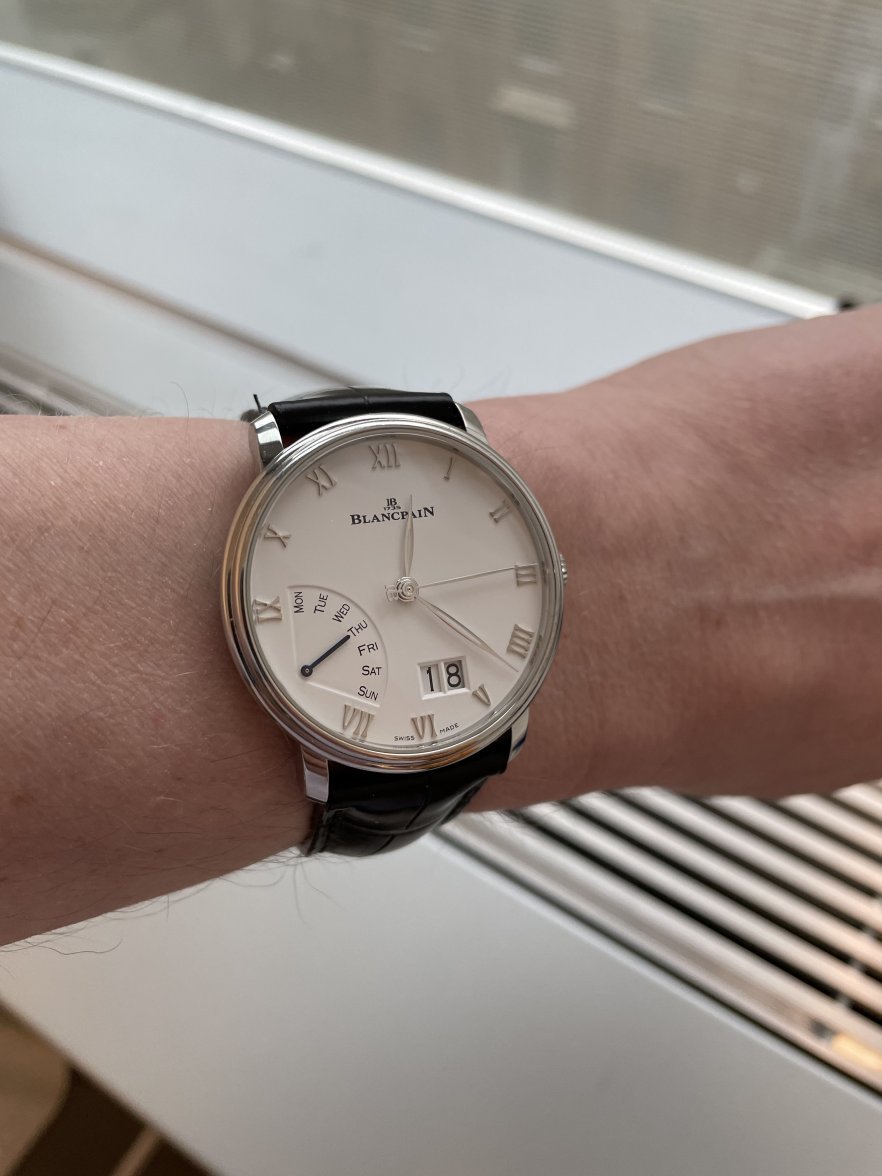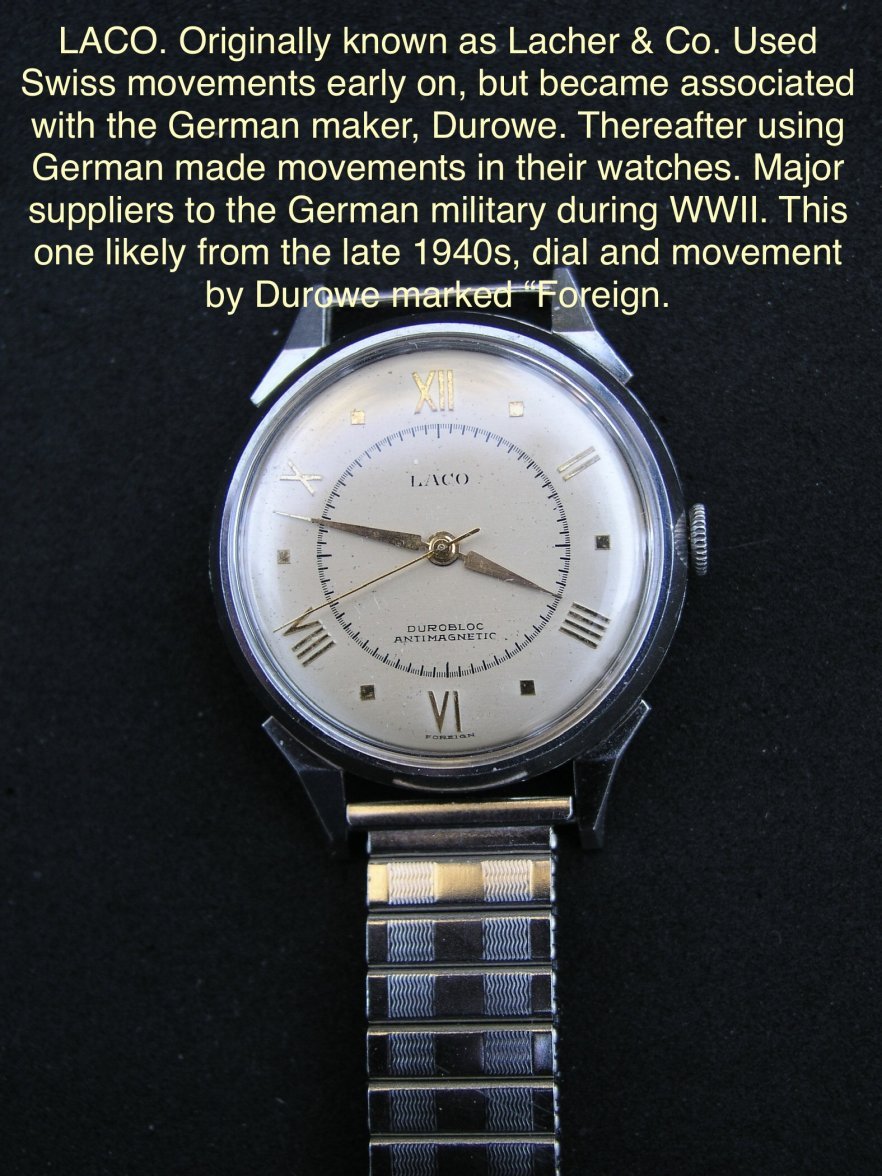Roman numerals are just wrong on a wrist watch
Canuck
·I have a solution for @Engee . In the17th century, an English clockmaker by the name of Joseph Knibb devised a strike system for his tall clocks. It is called “Roman striking” which utilizes two bells. One bell lower pitched, and the other, higher pitched. The lower pitched bell was used to denote a V, and the higher pitched one denoted an I. At midnight, the clock struck “tang, tang, ting, ting”. That would be VVII. One o’clock would be “ting”. Four o’clock was “ting tang”. Five o’clock would be “tang”. So if @Engee wasn’t irritated when he couldn’t see a dial with Roman numerals, he could be irritated by the sound of Roman striking! 😁
Dan S
·One explanation for the IIII on dials, rather than the IV, is that in the 14th century, King Charles V of England, insisted the Roman number IIII be used because he consider subtracting I from V (in his title) was an omen of bad luck.
It also creates a nice symmetry with the VIII IMO.
Dan S
·Yes, Roman numerals are the worst.
The Eterna dial is spectacular.
cvalue13
·It also creates a nice symmetry with the VIII IMO.
I can see that symmetry result, but then I’m left scratching my head about the VII - V at the bottom of the dial, and the XI - I at the top of the dial. In which case, I don’t see why the VIII - IIII was seen as critical while the other dial asymmetries weren’t.
So, something as historically odd-ball as @Canuck ’s suggestion makes sense as the type of explanation we might see.
Monochrome has a pop write up on the topic, with a handful of different possible explanations. @Canuck ’s version is notably absent, but several theories put forward in the article would have predated King Charles V
Notably, the article gives a different gloss on the “symmetry” theory that is the more plausible version I’ve seen: it creates three distinct areas on the dial, the first using all “I” forms, the second using all “V” forms and the third using all “X” forms. It’s a theory that’s internally consistent but still not very compelling
- Posts
- 126
- Likes
- 245
richiv
·I prefer symmetrically styled dials and those generally work better with indices/markers.
MRC
·One explanation for the IIII on dials, rather than the IV, is that in the 14th century, King Charles V of England, insisted the Roman number IIII be used because he consider subtracting I from V (in his title) was an omen of bad luck.
Nobel Prize
·amcclell
·DirtyDozen12
·I can see that symmetry result, but then I’m left scratching my head about the VII - V at the bottom of the dial, and the XI - I at the top of the dial. In which case, I don’t see why the VIII - IIII was seen as critical while the other dial asymmetries weren’t.
Rado63
·If you don't like roman numerals on a watch then that is your opinion. Watches represent the art of time. the watches come from many artists all over the globe. There are many elements of a watch to appreciate or dislike. The case style and material used for each element of the watch, whether it is the dial colors and markers and the font and print used, and the strap or bracelet and of course the movement and complications. If you choose to narrow your focus, then that is the segment of this world you prefer. There is a big world of watches with many interpretations of the art of time.
Dan S
·What other options are there for VII - V or XI - I to be more symmetrical? I do not think that there are any. On the other hand, there is arguably some ambiguity with regard to denoting four, as well as eight: IV - VIII, IIII - VIII, IV - IIX, IIII - IIX. The first option is proper form but lacking in symmetry. The second option has a modified four but is relatively symmetrical. The other two options might also be better than the first but they would break the "four numbers with only Is, four numbers with Vs, and four numbers with Xs" thing.
I can't believe he actually suckered you into arguing with him about this. Now you're in for it. 😉
CaliberKingPin
·I don’t mind the Roman numerals but only if it’s used sparingly like at 12,3,6 and 9 or at 12.
Full face of Roman indices not my preference, to busy for me.
But it’s art and some people like the mona Lisa and could stare at it all day! Me not so much. Lol
Full face of Roman indices not my preference, to busy for me.
But it’s art and some people like the mona Lisa and could stare at it all day! Me not so much. Lol
cvalue13
·What other options are there for VII - V or XI - I to be more symmetrical? I do not think that there are any.
I agree.
So, left only with the oddity it’s like changing only one of 4 bald tires, but I guess if you’ve only got one spare...
Another explanation I’ve not seen, is that perhaps on Roman dials displayed in a radial format (such that the bottom of dial numerals are “upside down” to the observer), perhaps the VI and IV so near each other, and upside down, causes some visual confusion?
I couldn’t even find an example of a radial dial that includes the IV (rather than “IIII”), but here’s an example of a non-radial oriented dial that might still hint at the possibility of having IV and VI so close causes visual confusion?
aap
·TimeODanaos
·Hardly, England has only had Charles I and II. The UK (after England, Wales and Scotland united) had not had a Charles. If the present Prince of Wales takes Charles as his regnal name he will be Charles III.
Maybe it was Emperor Charles V of the sixteenth century? Hmm, the French had a lot of them before they invented Louis... maybe it was them?
Great thread! - FWIW I'm pretty broad minded but can't love faces that mix Roman with Arabic, even on otherwise wonderful pieces.
